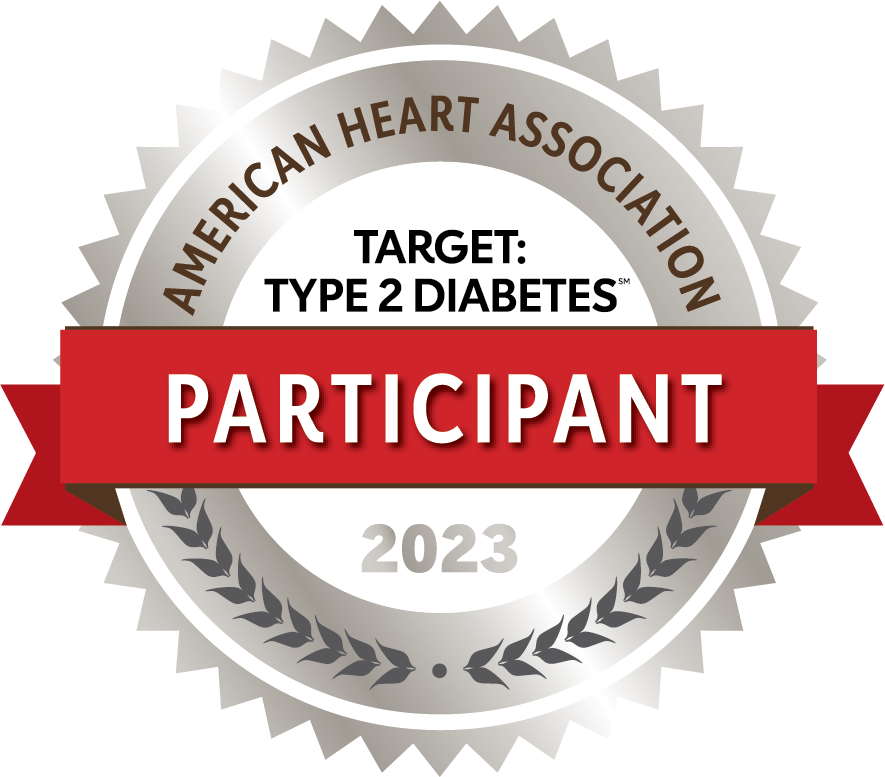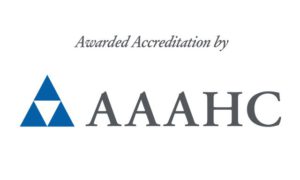When the Spring Fire broke out, Valley-Wide Health Systems provided medical support via the organization’s mobile medical unit. The level of community, state, and federal support coming together to help our neighbors was truly remarkable and inspiring and Valley-Wide was honored to be part of those efforts. Additionally, one of the organization’s own employees provided support in the most important way. Estevan Alonzo works in Valley-Wide’s Purchasing Department and has also been a firefighter for over 10 years. Recently, he answered some questions regarding being a firefighter and his experience with the Spring Fire.
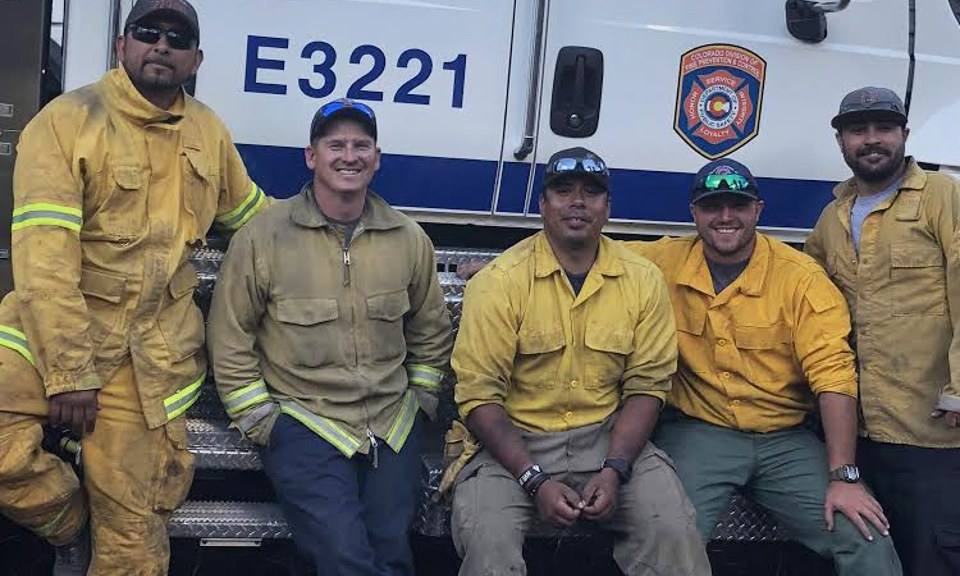
How long have you been a firefighter and what got you interested in becoming one?
I have been with the Alamosa Fire Department (AFD) for almost 11 years now, where I currently serve as the Training Officer. Along with my Wildland Firefighter Certification, I also have my ARFF (Aircraft Rescue and Firefighting) certification, Vehicle Extrication Technician, Ice Rescue Technician and am an EMT. My landlord at the time talked to me about joining the fire department, and I turned in an application. Before that time, I had never really considered being a firefighter. I happened to just fall into it and have not looked back.
In comparison to other fires you have been on, what was the emergency management response like for the Spring Fire?
All fires start and end with Incident Command System (ICS). With the Spring Fire, by having ICS implemented immediately, it allowed the Incident Commander (IC) to quickly request a Type 2 incident management team. The IC made this decision Wednesday night when it quickly became clear that the alignment (fire conditions, weather, fuels, and topography) was perfect for the fire to make massive growth. From that point on, the emergency response was just like every other fire. What most people do not realize is when fires become a federal incident, the response and structure is the same no matter the location. That is the reason why ICS training is so important and why it is encouraged for everyone to take ICS 100 at the minimum. I can go to a Type 3 incident in Florida, or a Type 1 incident in California, and they will both be ran exactly the same.
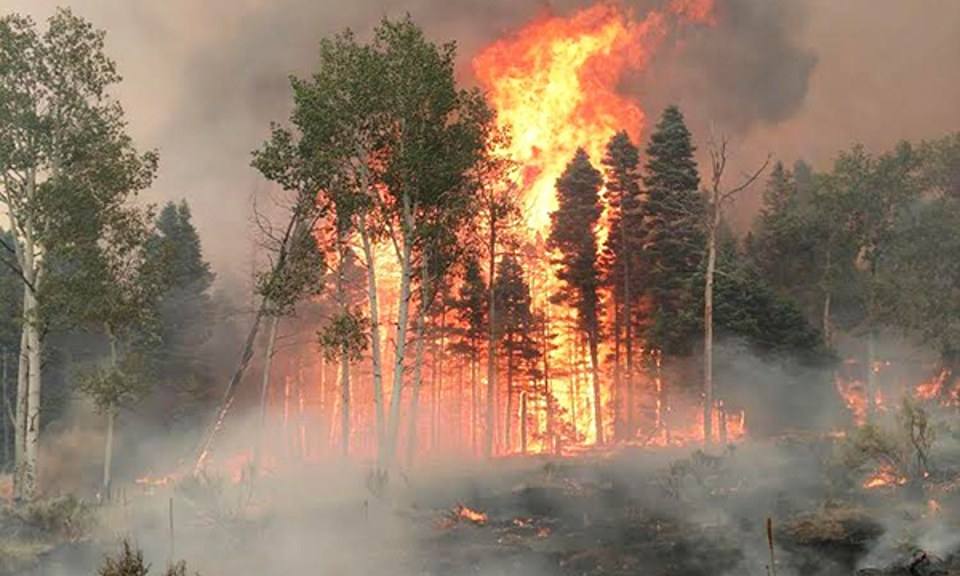
When the Type 2 team arrived, so did a small army. This “army” consists of people who work behind the scenes to keep the incident and command post running smooth. There are finance and payroll clerks, HR specialists, caterers, grounds crews, and mechanics, just to name a few, who arrive with the team. The caterers ensure that all firefighters receive two hot meals and one sack lunch daily, meeting the federal guideline that Wildland Firefighters consume 6,000 calories a day. There are also pallets and pallets of water and Gatorade, no soda is provided, as it serves no nutritional value. The ground crew makes sure the command post stays clean all day by emptying trash and cleaning bathrooms. There are also shower trailers, and if the incident is big enough, laundry service.
The firefighters on the line consist of different type of crews. There are hand crews, which are about 20 individuals, who conduct burnout operations. There are also various engines, consisting of 3-4 crew members and tenders (water trucks) which have two crew members.
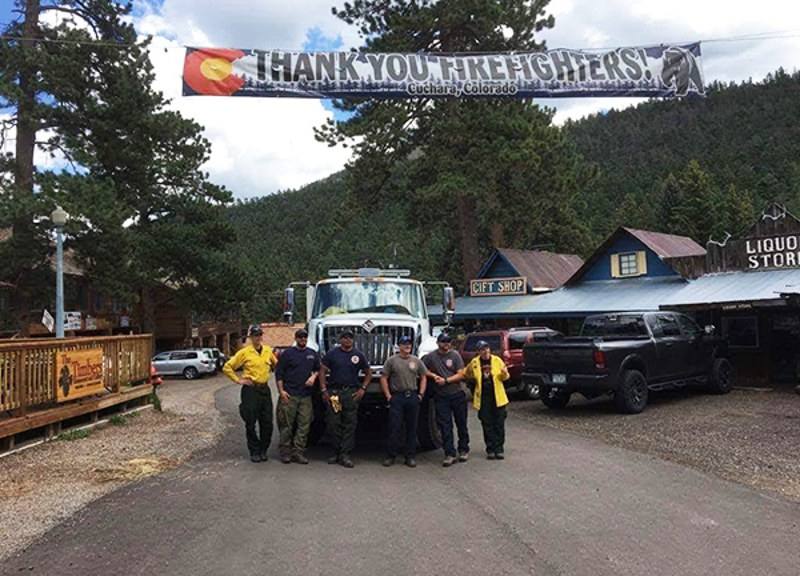
There are also various fixed wing and rotary-wing aircraft that drop water and retardant at the request of the crews on the ground.
There are also EMT’s that deployed to every division, in addition to any EMT’s who are working on the crews. Each Helitack base has a medic on standby, ready to be flown in if a medical emergency occurs. The Spring fire also had a Rapid Extraction Module (REM), which is a team of EMT’s who are trained in the rapid stabilization and extrication of Wildland Firefighters.
What geographic areas did you cover?
The first two days of my deployment, I was Aircraft Rescue Fire Fighting standby at the Helitack base in Forbes Park. On the Fourth of July, I joined DFPC Engine 3221, which was assigned to Division Kilo. Engine 3221 had been part of the initial attack on the Spring Fire, and its crew had been going for seven straight days. Kilo was a swath of land that covered about six miles of land along Highway 12. Within the division we had the resort area, the town of Cuchara, and several subdivisions, the biggest having eighty homes. On July 10th, Echo, Hotel, and Kilo divisions were all made into one and this was our new division to patrol. This new division now included all the land north from the ski resort to Highway 160.
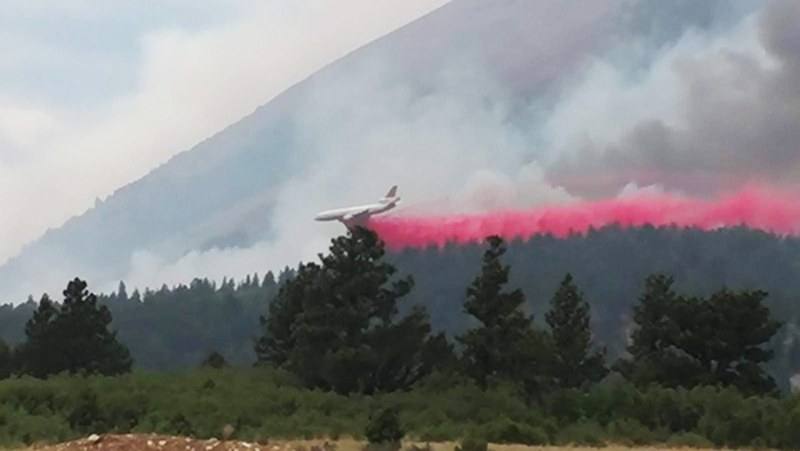
What were the hours and shifts like?
We were up at 6 a.m. and daily briefing was at 6:30 a.m. Briefing consisted of a summary of the previous day’s fire activity, weather, communications, air attack resource updates, safety message, and division assignments. After briefing, we had breakfast and gathered any supplies we needed for the day (lunches, water, ice). I was at the spike camp in La Veta, so we had about a 20-minute drive to division Kilo. When I arrived at Kilo, the fire had laid down, so my days consisted of patrolling, looking for smoke and hotspots. Before I was assigned to it, Engine 3221 was part of the initial attack on the Spring Fire and its crew had seen the fire have explosive growth and was instrumental in saving numerous homes. They had many long nights, sometimes logging 18-20 hours per day due to fire activity.
Is there anything else you would like to share about the experience?
Every firefighter who goes on a deployment understands that it is a 14-day assignment, which could turn into 21 days if need be. All firefighters pack enough clothes and toiletries to last the full deployment. Yet, you can never have enough toiletries or baby wipes. I had quite a few friends texting me ask where they could take food and water, and I told all of them that we are well fed and have plenty to drink. What we could use was toiletries, so if they could donate those it would do more good. Just an example, I have a shoe bag full of snacks I brought back because the incident gives us so much I could not eat it all. Every guy on the engine also had their own snack bag, and we had a fruit bag we kept on the truck as well. Yet, we all quickly ran out of q-tips and deodorant.
It is always amazing to see the outpouring of gratitude from the local communities. Every incident I have gone to there are always tons of signs thanking firefighters and we appreciate seeing them. In the Pine Haven subdivision by Cuchara, we had one homeowner invite us on to his deck and spent an hour having sodas and talking to the couple. Another homeowner gave us a huge container with homemade peanut brittle and oatmeal cookies. Many drove by flashing big smiles and enthusiastic waves, and every now and then, we were blown kisses.
Thank you for your service, Estevan. Individuals like you truly make Valley-Wide a better place.


